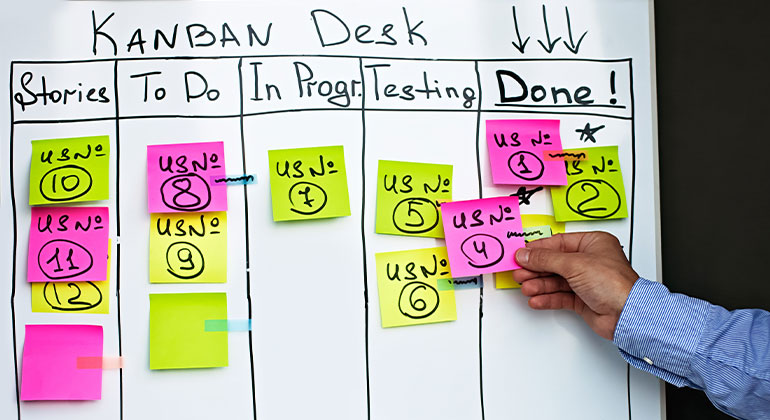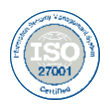CFO Mindset and Strategies
Japan's lesser-known business management practices: Kanban & Kaizen

You know Japanese cars, Japanese sushi, and Japanese cherry blossoms. But there’s a lesser- known business management practices like Kanban and Kaizen from Japan. There exist many specific concepts, from inventory management to decision-making unique originating from this country. Here’s a closer look at some of the most popular ones.
Kanban, a tool to visualize assembly line workflows.
It makes sense that this concept was developed at Toyota, which followed Just-in-Time production (also a Japanese concept!). Where instead of producing cars in advance, cars were built on a strict need-basis according to demand. This approach required production flows to support quick execution. To this effect, Kanban, literally translating to ‘visual card’, tracks the number of items at each stage of production (such as in the image below). It communicates multiple parameters in real-time. For example, if the board shows many cars in line to get their hoods fitted, and very few moving to the next stage, it highlights a point of congestion. Additionally, since many hoods are getting added, it alerts the purchase officer to keep an eye on stocks. Kanban cards can also be colour coded for priority. Hence, if a a priority batch is coming in, the floor manager knows to fix the congestion immediately.

Thus, Kanban helps the car manufacturer deliver a faster turnaround time, and use capital at a faster pace. Moreover, it supports an inventory-light approach that significantly brings down the carrying costs of the organization.
Today, ‘e-Kanban’ is built into the ERP of companies such as Ford and Bombardier Aerospace. It even automates the transport of inventory from one stage to next and fills purchase orders. And since it helps track progress, Kanban principles have even been applied to DevOps operations.
Kaizen for continuous improvement for better quality.
This next concept, Kaizen, loosely translates to ‘continuous improvement’. It encourages a ‘culture’ of delivering quality, where the responsibility falls on everyone in the organisation. One such method to implement is through ‘quality circles’. For instance, supervisors at a food export can meet weekly to problem solve and share best practices. At one such meeting, a supervisor finds
factory workers regularly disregarding hygiene protocols by not wearing masks. After discussion, the supervisors decide to hold a food safety seminar hoping workers understand the significance of wearing the masks and begin to self-correct. Another popular tool that came out of Kaizen is Andon, a notifying alarm that prompts a visual (e.g. blinking red light) or sound cue in case of a
defect. While the improvement is incremental, is encourages employees to react spontaneously and not delay until an accident. It is a broad philosophy that can be widely implemented, and help in cutting time, costs and limiting wastage even without the involvement of upper management.
In addition to Kanban and Kaizen there are many smaller ideas as Ringi which outlines a bottoms- up decision making, when a new project is formulated, it moves up the ranks and carries the signature of every decision maker. Then there is Poka-yoke, which designs systems to be less prone to errors or accidents. A good example of this is the ATM withholding your cash until you take back your card, so you don’t forget to.
Exploring new ways of doing business, help us re-consider our current status quo. Of course, if implemented effectively these practices can even impact the bottom-line. Kanban, as previously mentioned invests cash into inventory only when necessary. Kaizen, on the other hand, can help upper management solve issues that they might not even be aware of. Moreover, the philosophies underlying each have a role to play in each department in different ways. They put at the forefront efficiency, quality and innovation which are principles extremely relevant in today’s hyper competitive fast-paced business environment.







